Tallmadge Middle School
SōL Harris/Day Architecture designed Tallmadge Middle School with a thoughtful approach to space and layout for learning in Tallmadge, Ohio.
During the planning process, the architectural team hosted a visioning session, where educators, administrators, community members, and students developed three goals to drive the project: variety of spaces, transparency, and sense of community. The resulting design features two schools on a single campus to support a collaborative educational approach. Situated on the south portion of the site, the Middle School is positioned next to the Elementary to minimize solar effects. These buildings showcase student-centered learning, offering opportunities for students to imagine, experiment, build, create, and explore.
The design enables teachers to abandon isolated teaching practices and work together to instruct based on the needs of each student. At the Middle School, students are encouraged to explore beyond the classroom with programs such as Tech and Robotics. A STEM-centric design comes through with tech inspired graphics and geometric wall patterns. Building elements are left exposed to spark curiosity.
Students thrive and continue to succeed when four main skills are developed: Critical Thinking, Collaboration, Communication, and Creativity. The Middle School identifies and stimulates these skills with color, while simultaneously promoting school pride.
The Collaboration Stair is a multifunctional space used for circulation, presentation, and lounging. It is scaled for a larger gathering, like the school’s “Morning Meeting” with everyone in the building. Technology is fully accessible, with power outlets throughout to offer a connection at all times.
Unlike the Elementary, the Middle School Group Studios are geared for lounging and individual break-out sessions in a more relaxed setting. Classrooms become the messy makerspaces with linoleum flooring, while the Group Studios have carpet tile for warmth and acoustic comfort. Lounge furniture with naturally ink-resistant, anti-microbial silicone fabric are situated throughout for a casual posture option. Walls of markerboard paint allow teaching moments to happen anywhere, and mobile monitor carts help facilitate learning on the go.
The building is LEED Silver Pending. Natural light and outdoor views are integrated wherever possible to reduce the need for artificial lighting and enhance the wellness of users. Floor to ceiling windows and glass garage doors connect occupants to nature. The clear garage doors open to the Group Studios for an extension of the classroom, operable markerboard walls divide several classrooms to allow impromptu co-teaching, and state-of-the-art technology can be found in every Learning Studio. Classroom types range from Presentation Studio to Lab Studio to Team Teaching Studio, providing the flexibility of space for whatever lesson is planned.
The District’s goal of transparency in education takes physical form in the layout and material choices. Small group rooms are positioned to be easily accessible and visible from multiple points of view to encourage learning through passive observation. Learning Studios have visual connections to the Group Studios via clear garage doors, allowing natural surveillance of students using the space.
The Student Dining acts as the hub for school and community use. It lies in the heart of the building, allowing a fluid mix of activity. The Research Center and Collaboration Stair are immediately adjacent, with no physical barrier between.
Design: SōL Harris/Day Architecture
Design Team: Domenic Ferrante, Burt Marzley, Jordan Lewis, Andrew Lallathin, Yvette Zingery, Jeff Hardy, Carolina Silva
Photography: Todd Biss Productions

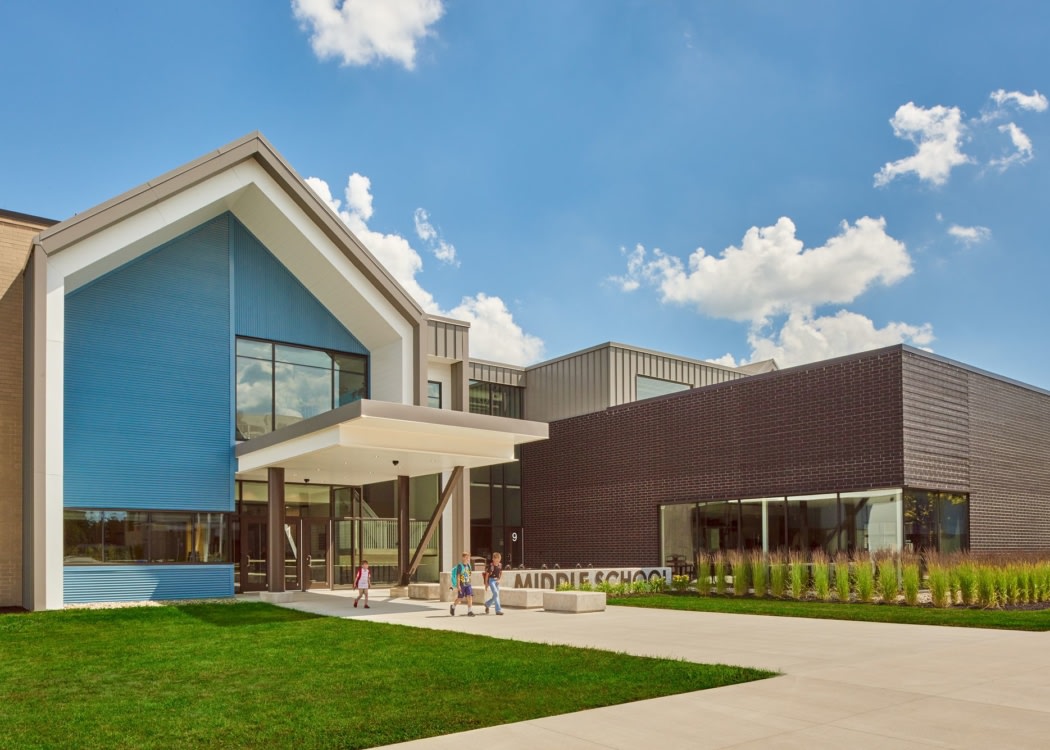
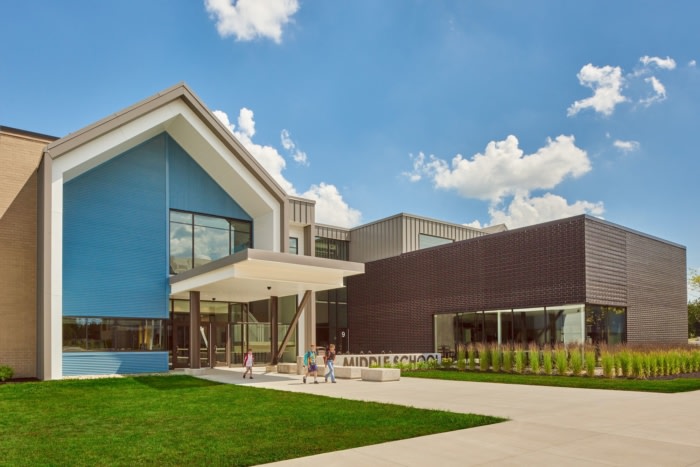
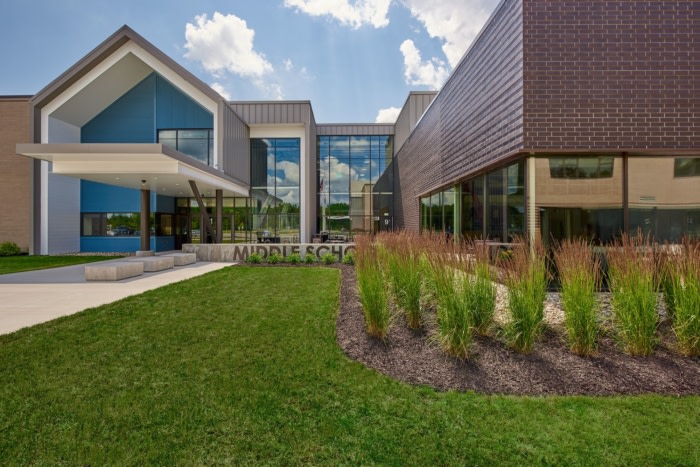
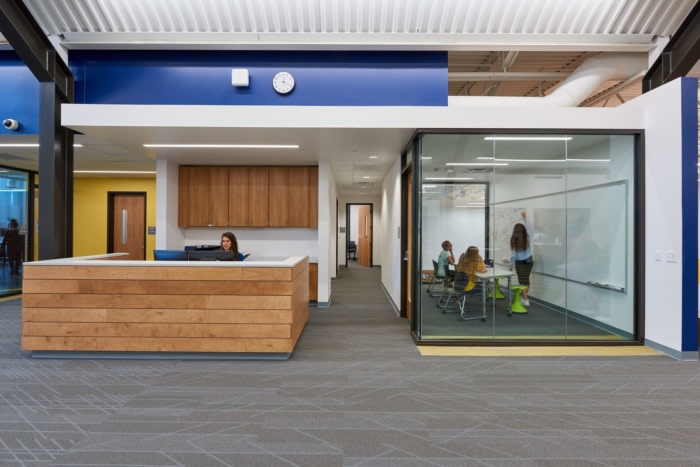
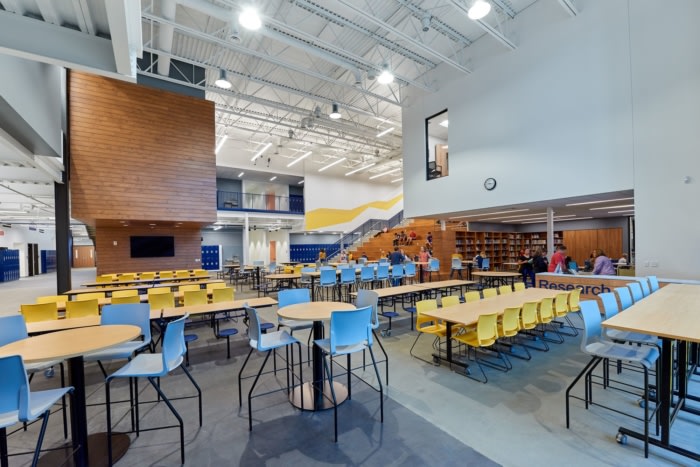
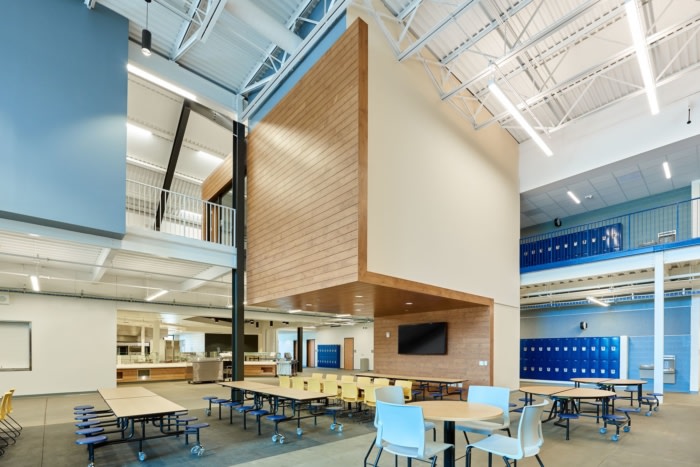
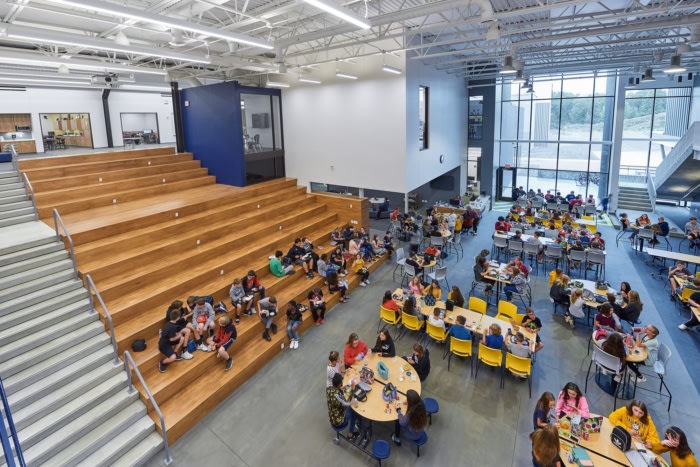
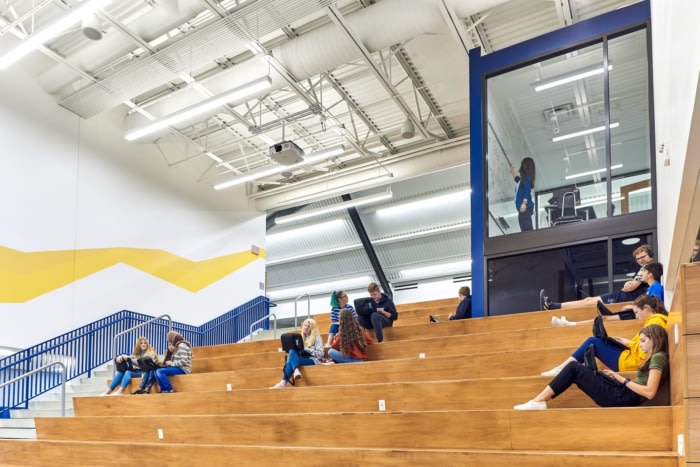
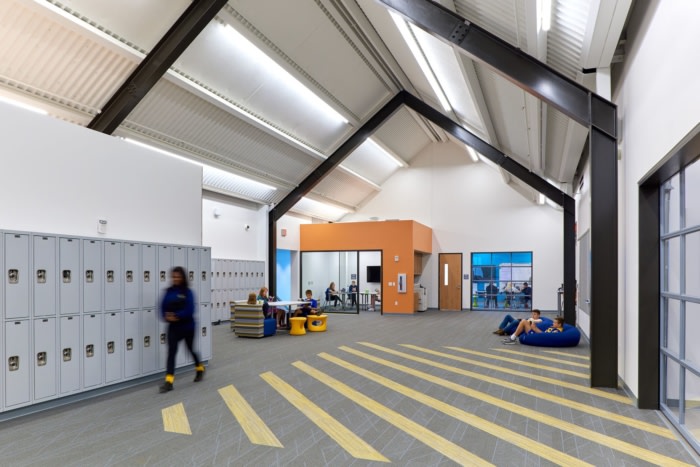
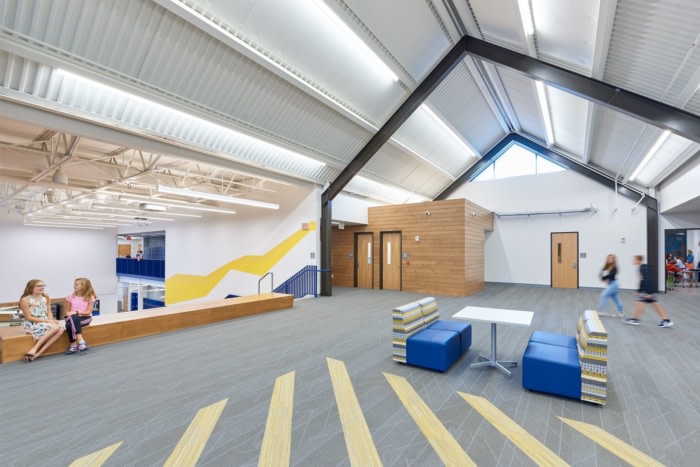
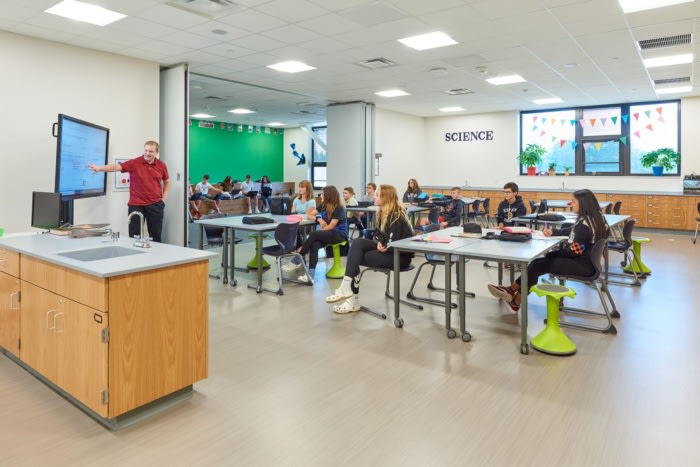
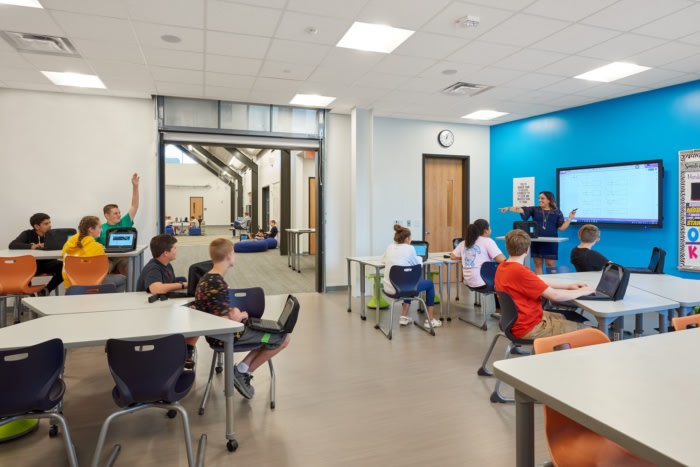
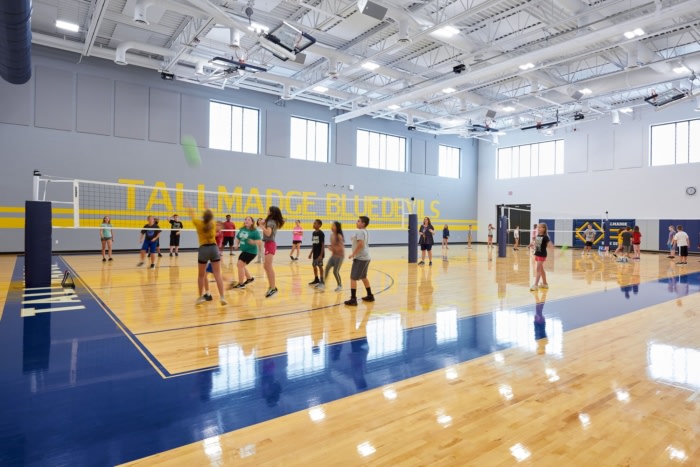


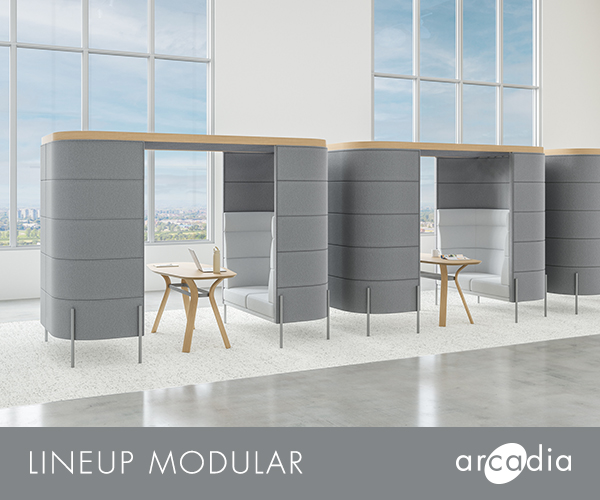

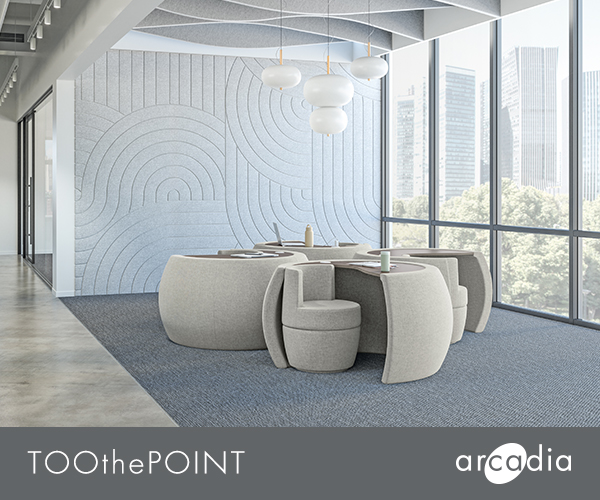



Now editing content for LinkedIn.